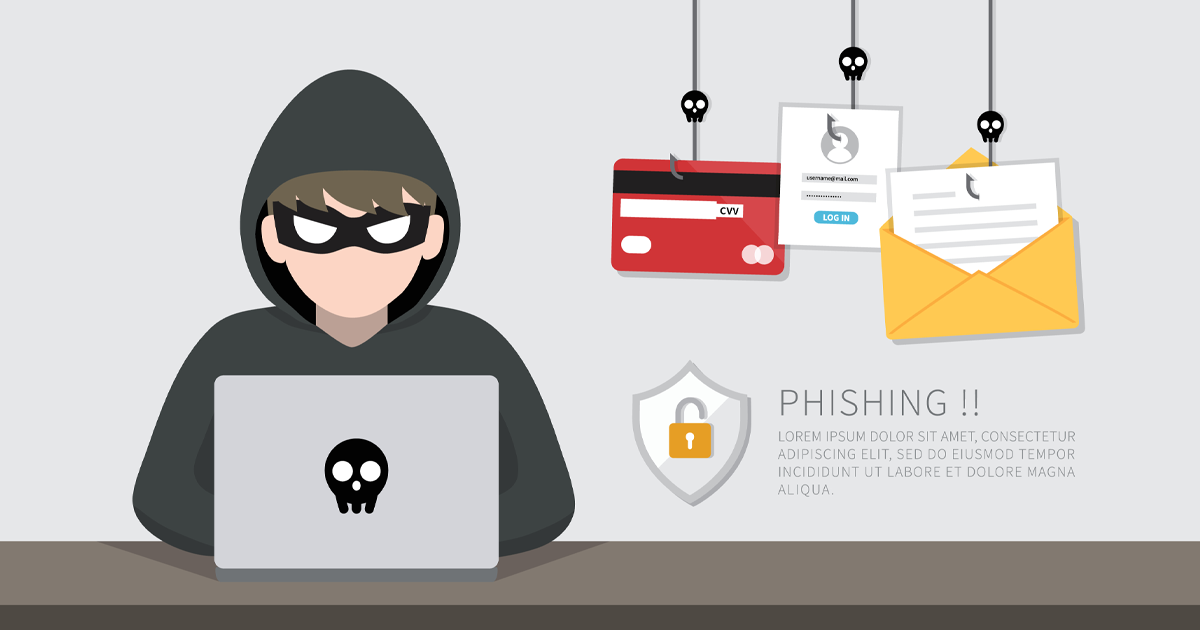

Phishing, is the sending of a fraudulent email en masse, hoping that some people will open it and act on it. It's based on the premise that most people will open the email without suspecting it's fraudulent.
How to identify a fraudulent email?
Make sure the email is specifically addressed to you: The fact that it's a "bulk" message and not targeted is a good indicator of a fake email. Typically, fake emails aren't personalized.
Unsolicited email: When receiving an email from an unfamiliar person, entity, or company, be skeptical and consider it suspicious. If the sender is unknown or the name seems unfamiliar, even if the subject line seems important, don't be tempted to open it; it could be a virus.
Email from an unknown location: If you receive an email from a place you've never been to, don't know where it is, and have no affinity with, be suspicious; you may be faced with a fraudulent email.
Spelling and grammatical errors: Read the email carefully! Phony emails often contain spelling and grammatical errors.
Email asking for money: When receiving emails promising rewards, offers, or great opportunities, clicking on a link, or sharing confidential information, be wary; it's a scam. If someone asks you for money, even if it's your friend, acquaintance, or family member, always be skeptical. It's best to contact the sender and verify the veracity of the story. Remember, the sender's email may have been "hacked," and the email may have been sent by a hacker!
Request for personal and confidential data: If an email asks you for passwords, your NIB (Brazilian Social Security Number), your Taxpayer Identification Number (Tax ID), or any other personal and confidential information, be wary! Banks, tax authorities, and other law enforcement agencies do not send emails requesting personal information via a link.
Contradictory offer: When the product or service being offered to you is not related to the main activity of the company being presented, or if the offer is so tempting that you almost can't resist, be suspicious!
Different emails: If, when you try to reply to the email you received, by clicking reply, you see that the sender's email is different, then the message you received is most likely a fraud.











